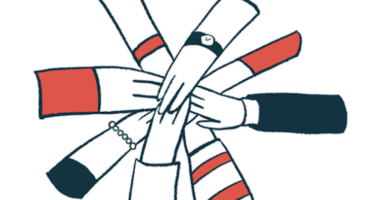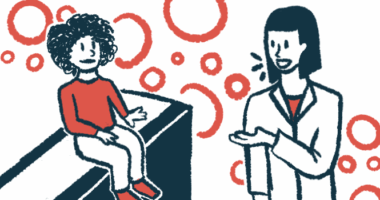
Non-drug Treatments for AADC
Physiotherapy
Physiotherapy is part of a treatment plan for AADC deficiency aimed at improving muscle tone — muscle tension — and enabling greater freedom of movement. Physiotherapists work with patients and their doctors to set up an exercise regimen that helps to regain movement and improve quality of life. Daily exercises are constructed with a patient’s symptoms and their severity in mind.
Occupational Therapy
Occupational therapists can help AADC deficiency patients find easier ways to perform daily tasks, such as getting dressed or feeding themselves. They can also prescribe adaptive devices, which could be something as simple as a foam handle to make a toothbrush easier to grasp, or something more complex, like an orthotic brace to make walking easier.
Speech Therapy
Patients with AADC deficiency often have difficulty suckling and swallowing. Speech therapists can work with patients and prescribe specific exercises to strengthen the muscles of the throat, jaw, and mouth to make eating and speaking easier. Some patients may also need to work with a dietitian to ensure they are getting the nutrients they need, even if they are not able to eat as much.




